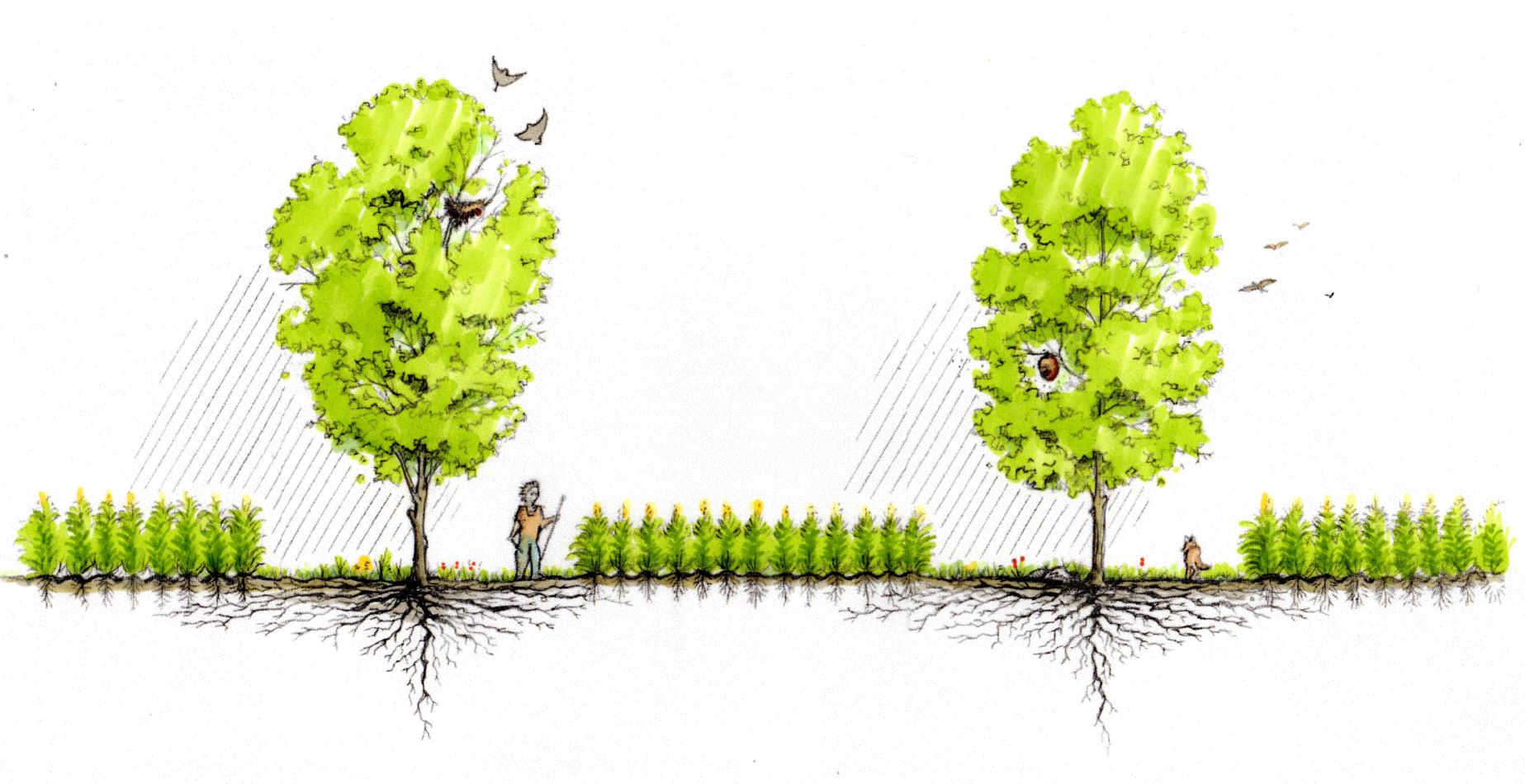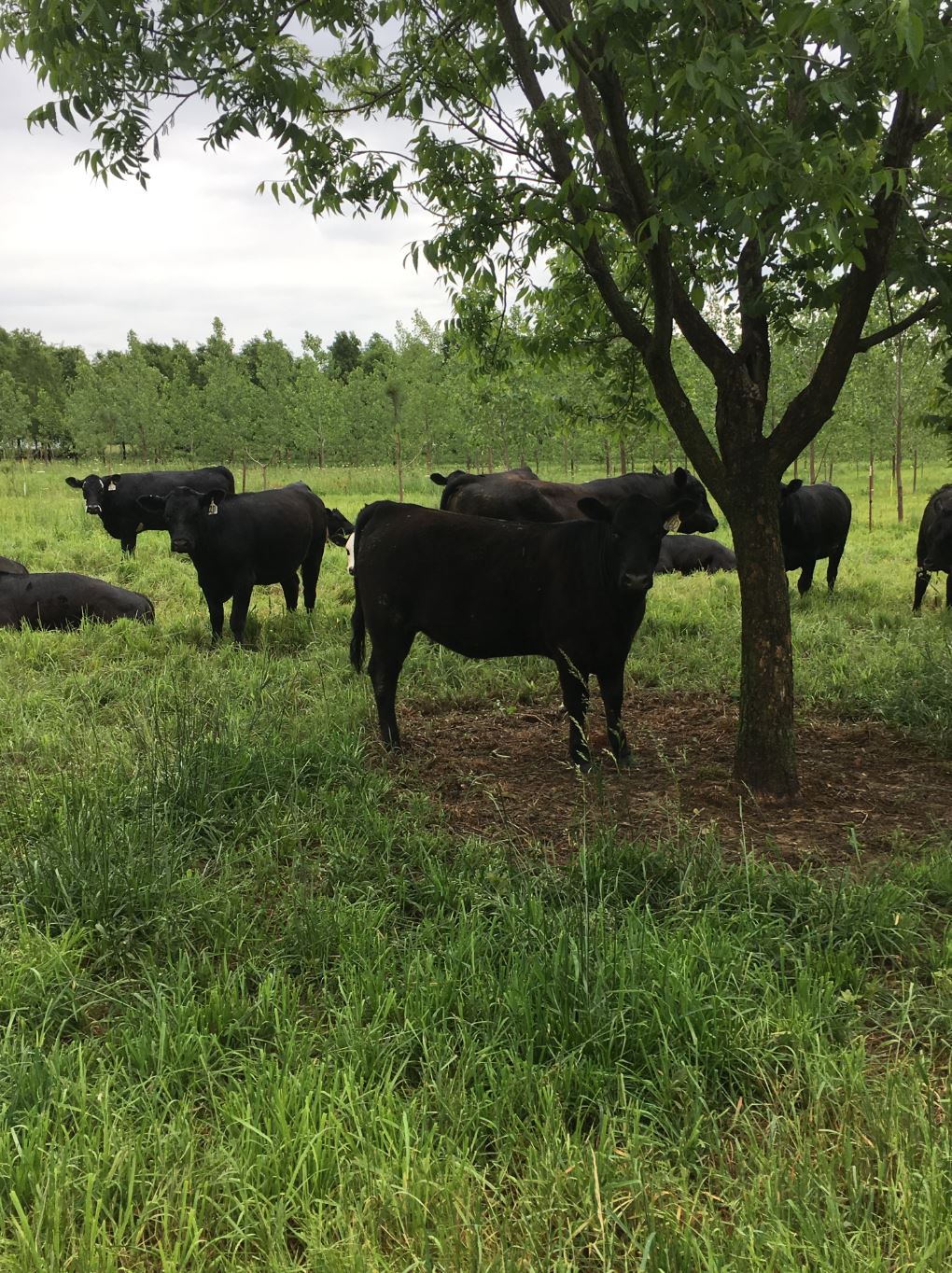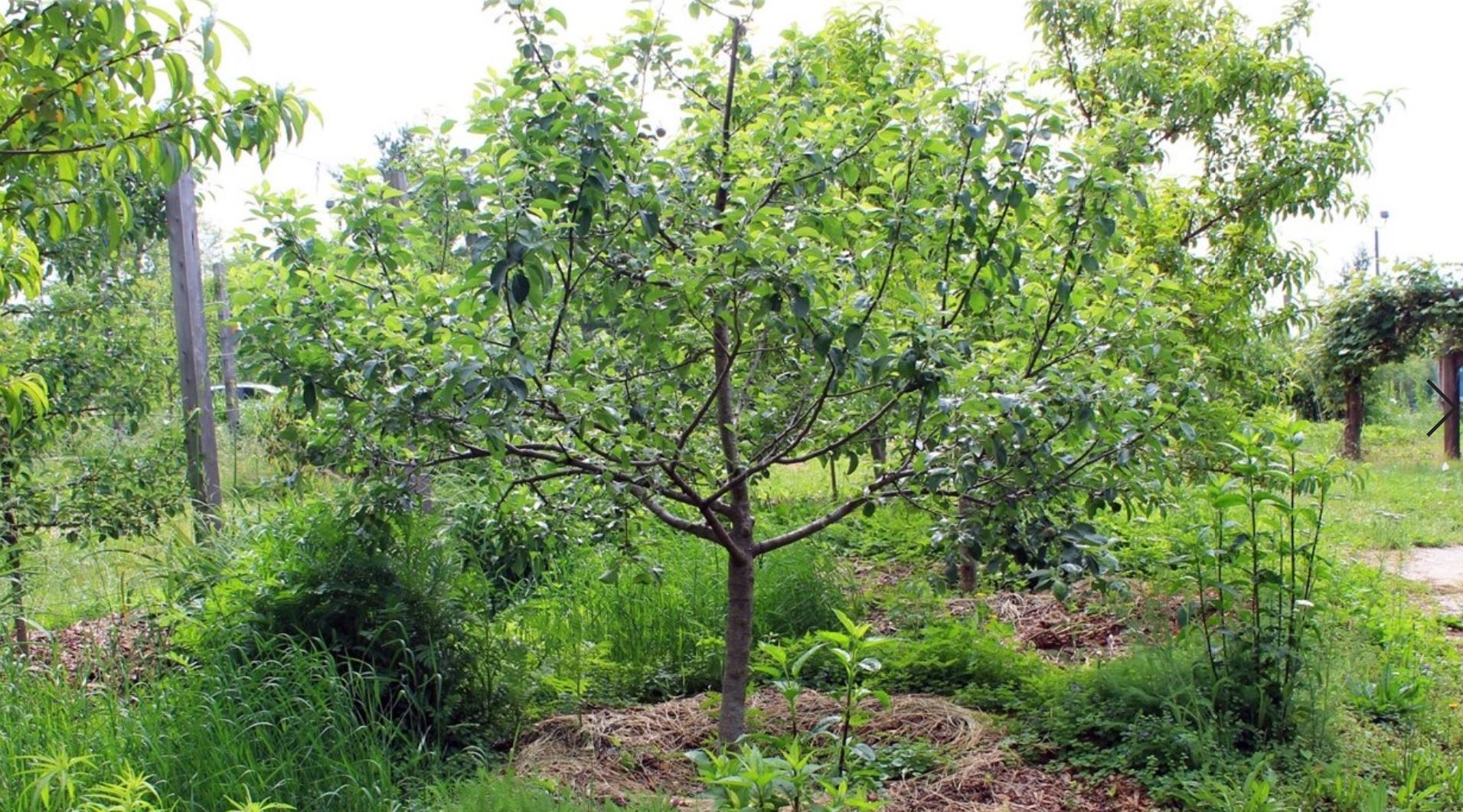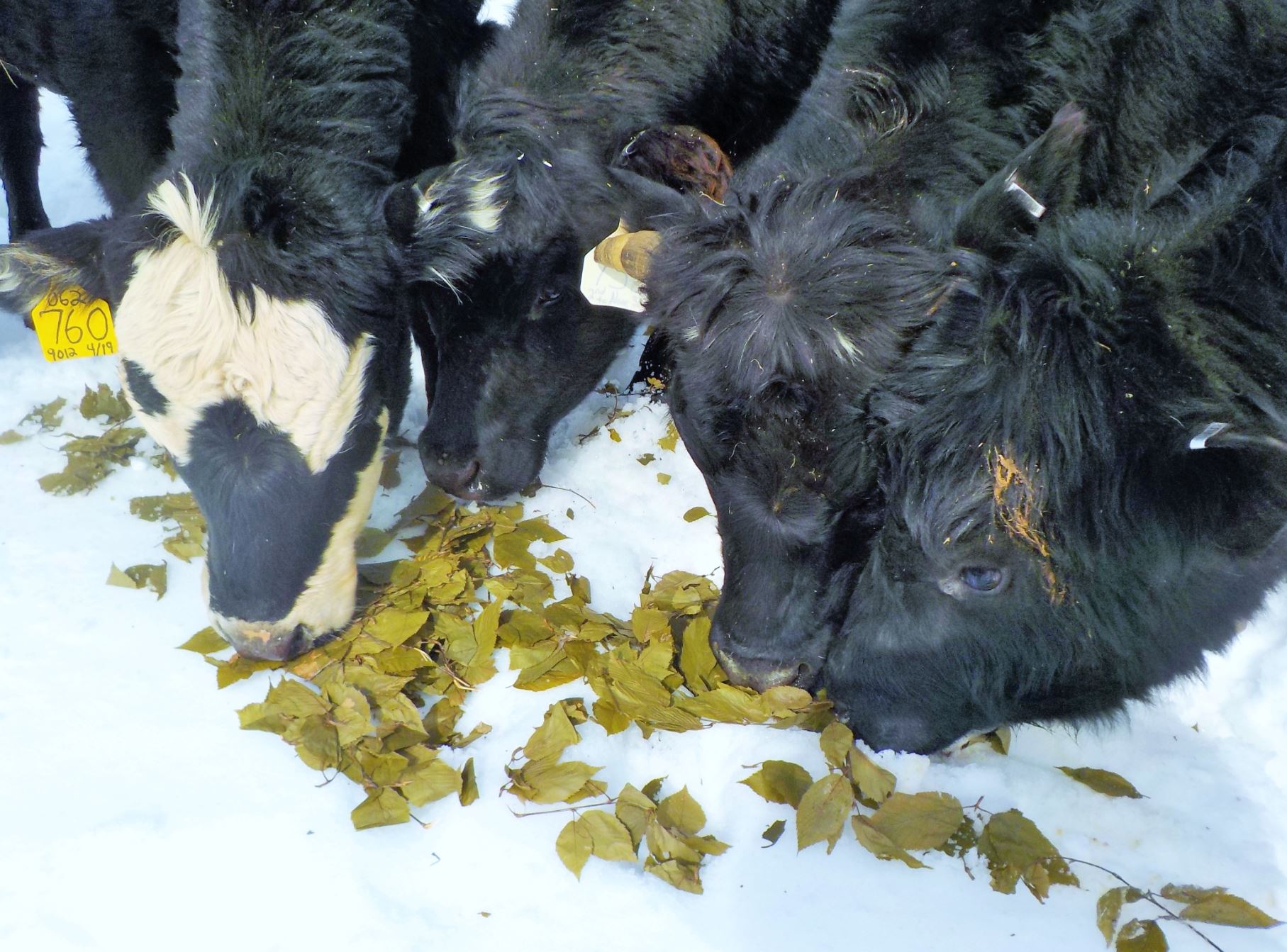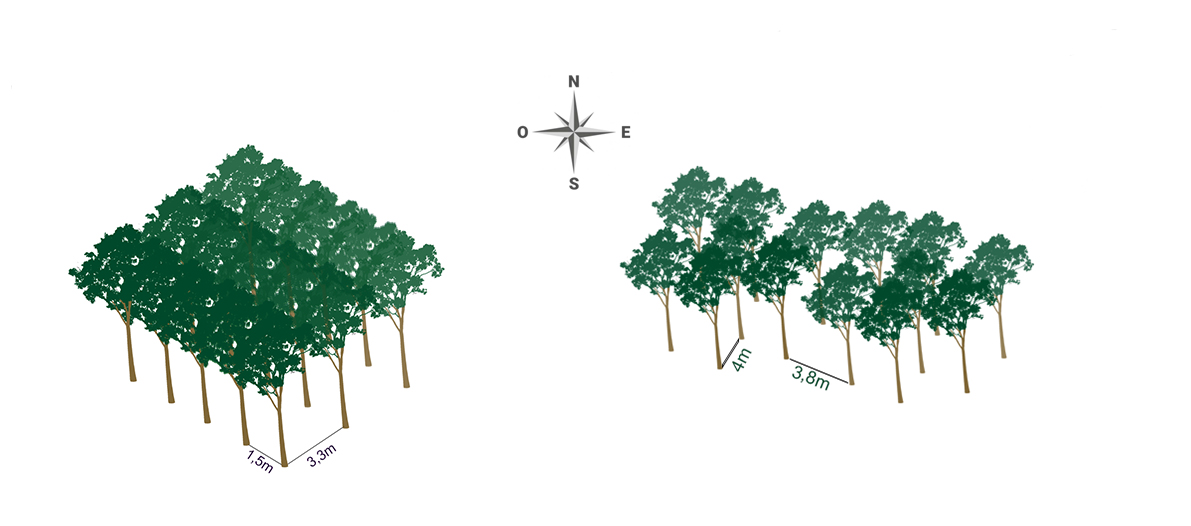Participatory Chestnut Breeding: Creating a Participant Network to Characterize Genetic Diversity of Superior On-farm Germplasm and Grow the Midwest Chestnut Industry
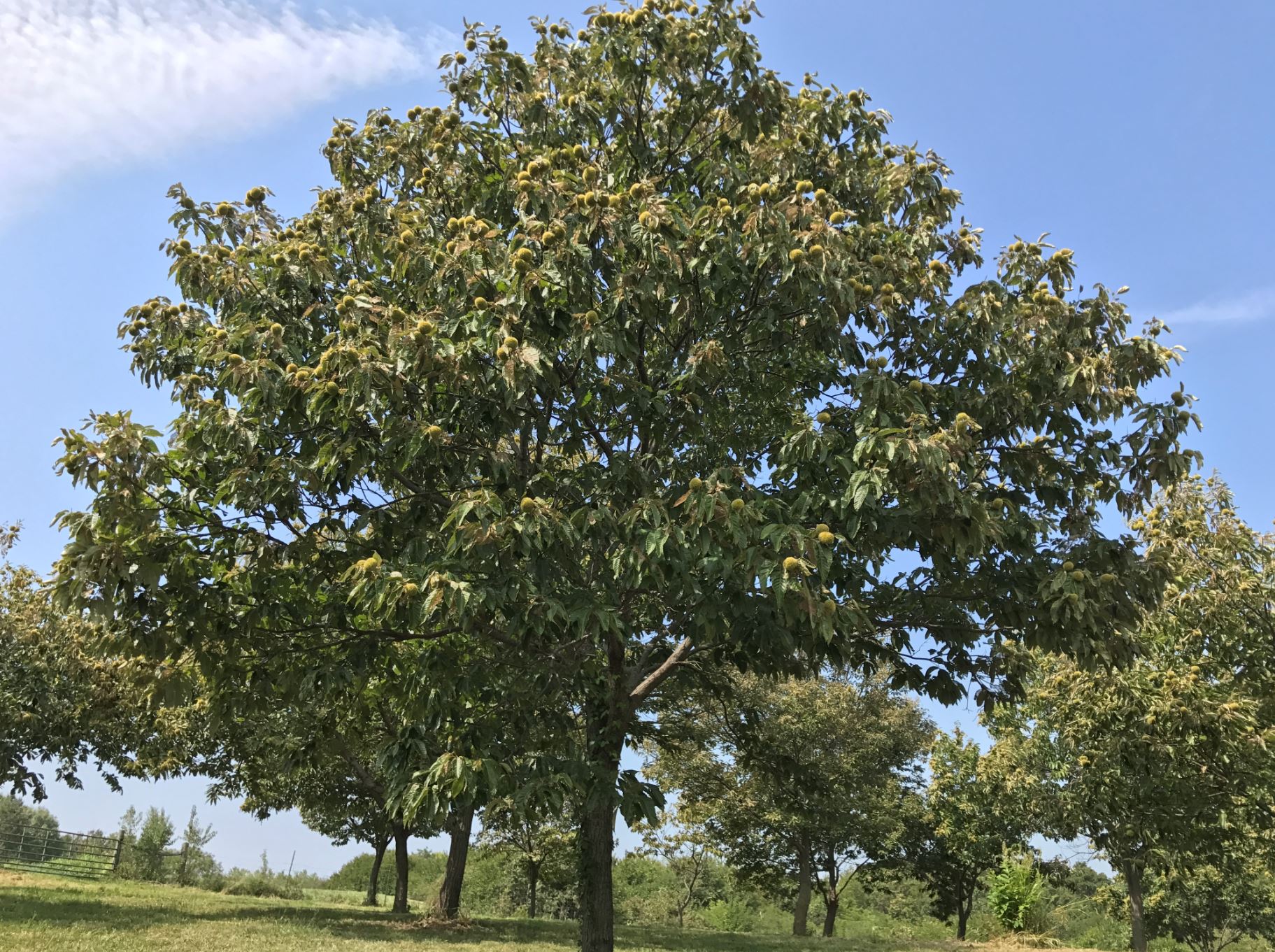
Over the past 25 years, U.S. chestnut cultivation for nut production has increased through grower-led advancement. In the Midwest, a predominant reason for this growth is the long-standing, steady progress made by exceptionally dedicated growers and University of Missouri partners to develop regional markets. Grassroots chestnut production over the past decade has led to the successful establishment of multiple farmer cooperatives (e.g., Michigan, Ohio, Iowa) and many new regional markets in the Midwest. Multiple years of market research indicate that annual demand exceeds supply (Gold et al. 2006; Gold and Cai 2019) and that chestnut cultivation must expand accordingly. In fact, the number of chestnut farms in the United States grew by 57 percent from 2012 to 2017, while hundreds of other orchards are approaching mature bearing years, including over 400 new chestnut farmers in midwestern and neighboring states (NASS, 2017).
- Details
- Parent Category: 2020 Vol. 26
- Category: Volume 26 No. 2 June 2020


